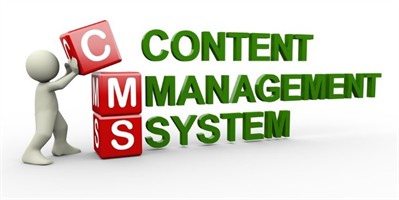3 Items to Consider for Website Content Localization
When companies transition from documentation localization to website localization, the internal teams tasked with localization are faced with a learning curve. The needs of global website projects are different from a multilingual documentation project. Below are 3 areas which show how the process for website localization can be different from the approach you take with a documentation project.

Multilingual CMS
Some CMS platforms may not support multiple languages so it’s wise to verify that your system can do so. If you are using a leading system like Sitecore or EpiServer, website localization will be possible as these systems support multiple languages.
A bulk content export for translation can be very time consuming and costly. The word count may not be accurate because the content, CMS structure and code may be included in the export. Using a CMS connector/plugin from a localization vendor can make the process very simple and create an appropriate export for the vendor to work with. A connector will also simplify the import of the localized content so you will not have to manually copy and paste content into your CMS.
SEO/Keywords
When writing content for a website you should consider infusing the content with important keywords for your business. This will help with Google and other search engines to rank your website higher for these key terms that you would like to be found when potential customers may be looking for your products or services. This is not something that is performed for offline content writing, but should be considered for any online content. Perhaps you are re-using content that has been used offline for brochures, product documents, etc. Be sure to review this content before using it online to see where you may be able to infuse a few appropriate keywords into the content.
Mobile Responsive Design
For offline content it is easy to know how the content will be displayed. For online content you will want to make sure your website was built with responsive design. Otherwise visitors to your website that may be using a smartphone or tablet may see a site that has content broken up, slow loading times and be frustrated with forms to request information.
Today it is important to have your website optimized for any device size, such as for a desktop computer, tablet, or smartphone that may view your website. Desktop web browsing is decreasing in overall percentage and being passed by mobile online use.
Responsive design will improve the user experience and likely keep them on your site longer to learn about your value proposition, brand, request information and perhaps become a customer. Having a website that is mobile ready will also help your SEO ranking with Google as they announced in 2015 that their search algorithm will favor sites that are mobile ready over ones that are not.
Summary
These are a few items to consider for your online web presence that one may not consider for traditional documentation requirements. Essentially, online content is open to anyone, in any country and on any web connected device. It is best to consider how to optimize the web experience for your potential customers to find you and allow the best of your business to be presented to them.
